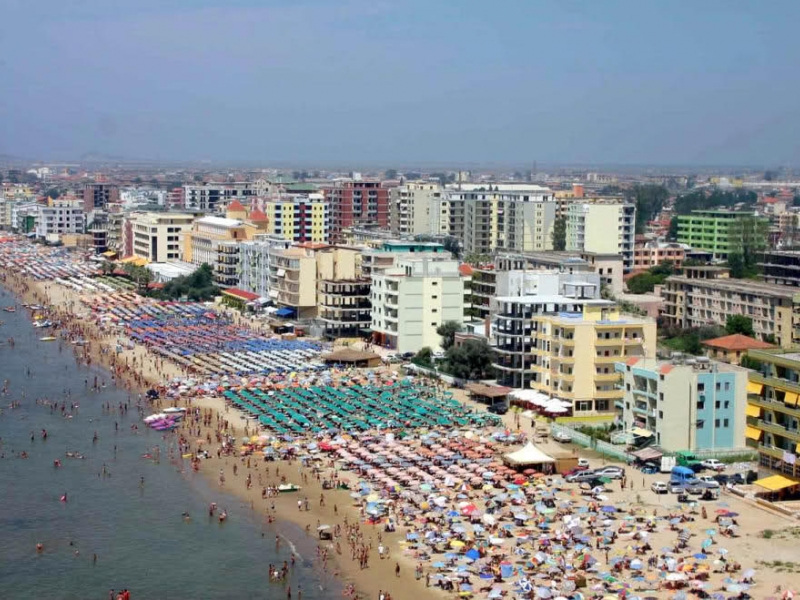Trip.

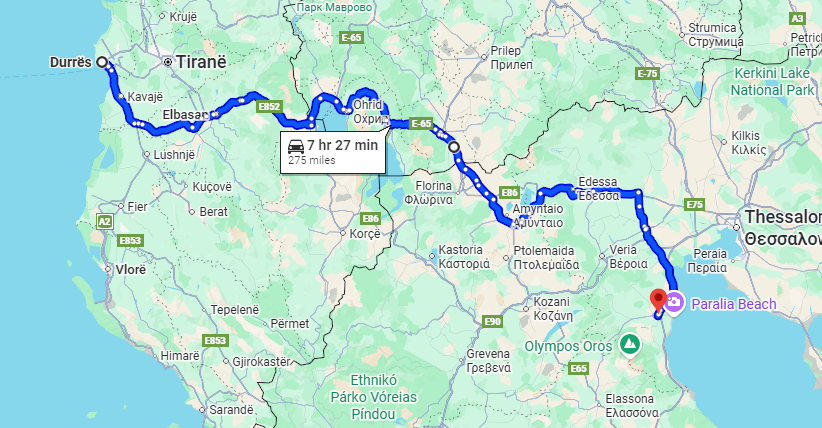
- Length: 275 miles
- Time: Eight hours to three days
- Start: Durrës or Katerini
- End: Katerini or Durrës
- Suitability: Any bike A2 and above
Durres on the Western Coast of Albania to Katerini on the North Eastern coast of Greece via North Macedonia and Lake Ohrid.

Durrës is the second largest city in Albania and serves as the seat of Durrës County and Municipality. With around 2,500 years of history, it is one of the country’s oldest continuously inhabited cities. Situated on a flat plain along the Albanian Adriatic Coast, it lies between the mouths of the Erzen and Ishëm rivers at the southeastern corner of the Adriatic Sea. The city’s climate is heavily shaped by its seasonal Mediterranean weather.

Tiranë, the capital and largest city of Albania, is situated in the heart of the country. Surrounded by mountains and hills, it features Dajti Mountain to the east and a gentle valley to the northwest that offers distant views of the Adriatic Sea. Known for its unique climate, Tirana is one of Europe’s wettest yet sunniest cities, basking in 2,544 hours of sunshine annually.
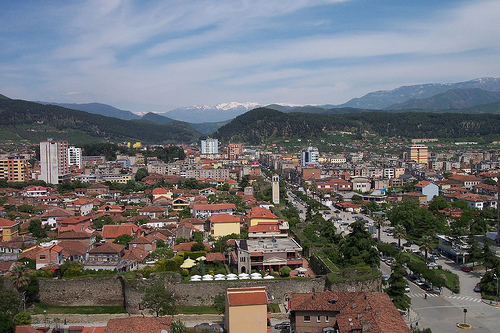
Elbasan, the fourth largest city in Albania, serves as the seat of Elbasan County and Municipality.
It is located in central Albania, north of the Shkumbin River, nestled between the Skanderbeg Mountains and the Myzeqe Plain.
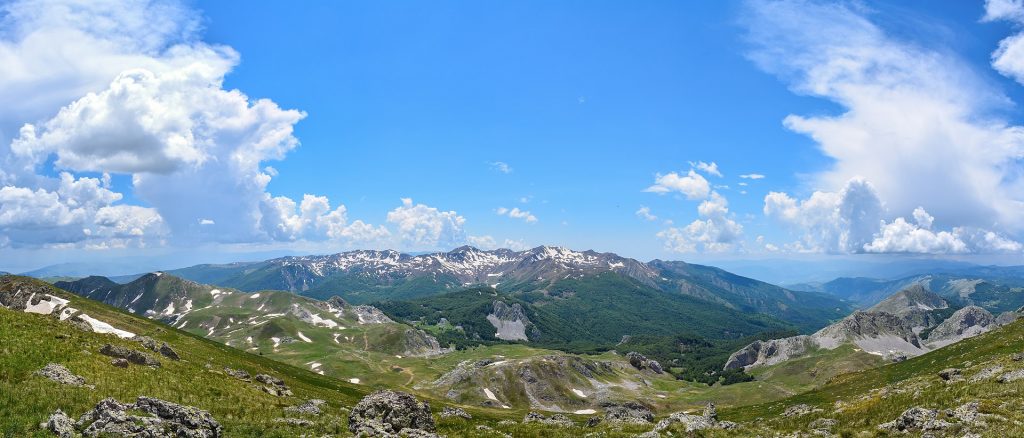
Shebenik National Park is a stunning park in eastern Albania near the border with North Macedonia. Covering 34,507.9 hectares (345.079 km2), it features a rugged landscape with glacial lakes, valleys, dense forests of conifers and deciduous trees, as well as alpine meadows and pastures. The park’s elevation ranges from 300 meters to over 2,200 meters above sea level, reaching its highest points at Shebenik and Jabllanica peaks. It’s home to endangered species like the brown bear, gray wolf, and Balkan lynx, which are becoming increasingly rare in Southern Europe. The park’s rich wildlife thrives thanks to its diverse vegetation and remote location.
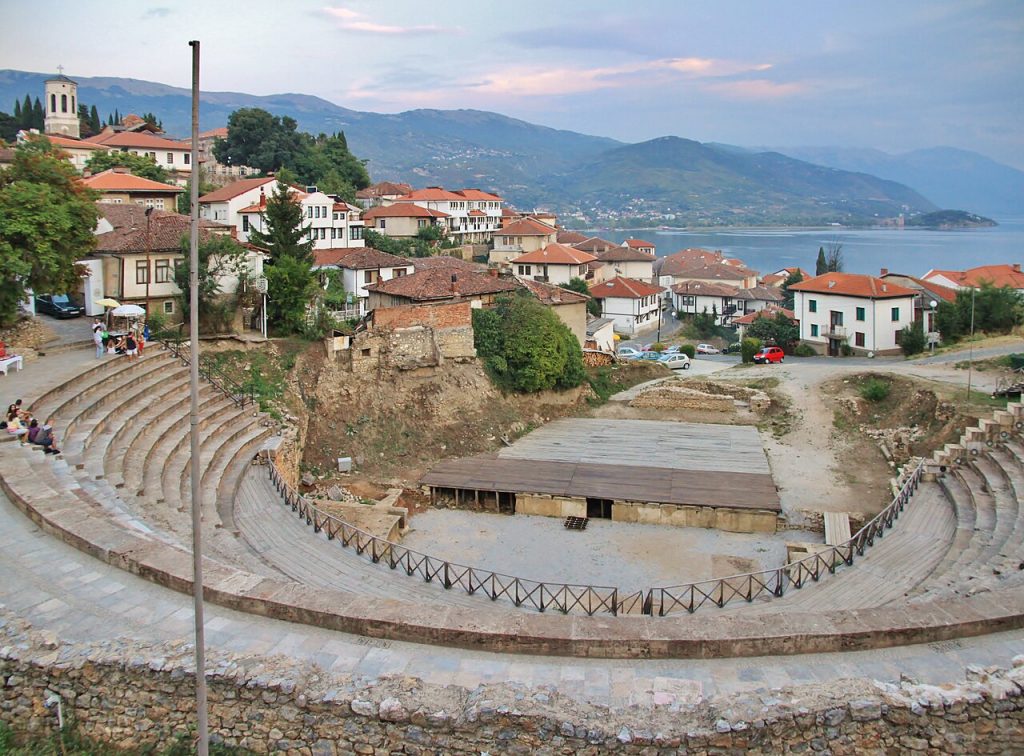
Ohrid, the largest city on Lake Ohrid and the eighth-largest in the country, had a population of over 38,000 as of 2021. Famous for once having 365 churches, one for each day of the year, it’s often called the “Jerusalem of the Balkans.” The city is known for its charming houses, historical monuments, and thriving tourism.

Bitola, a city in southwestern North Macedonia, lies in the southern part of the Pelagonia valley. It’s surrounded by the Baba, Nidže, and Kajmakčalan mountain ranges and is just 9 miles (14km) north of the Medžitlija-Níki border crossing with Greece. The city serves as a key junction linking the Adriatic Sea region to the south with the Aegean Sea and Central Europe.

Methoni, a village in Messenia, Peloponnese, Greece, used to be its own municipality but became part of the Pylos-Nestor municipality after the 2011 local government reform. Its name might come from Mothona, a mythical rock. The Methoni municipal unit includes nearby villages like Grizokampos, Foinikounta, Foiniki, Lachanada, Varakes, Kainourgio Chorio, Kamaria, Evangelismos, and the Oinnoussai Islands. These islands—Sapientza, Schiza, and Santa Marina—naturally protect Methoni’s harbor.
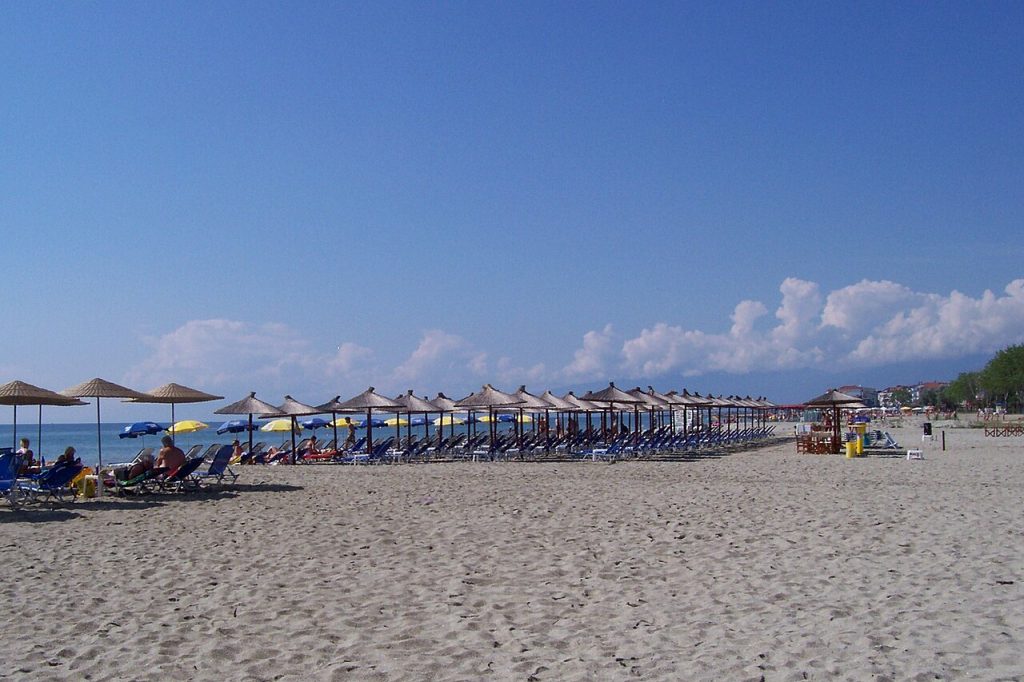
Katerini is a city and municipality in northern Greece, serving as the capital of the Pieria Regional Unit in Central Macedonia. It is situated on the Pierian plain, nestled between Mount Olympus and the Thermaikos Gulf, at an altitude of 14 meters.
